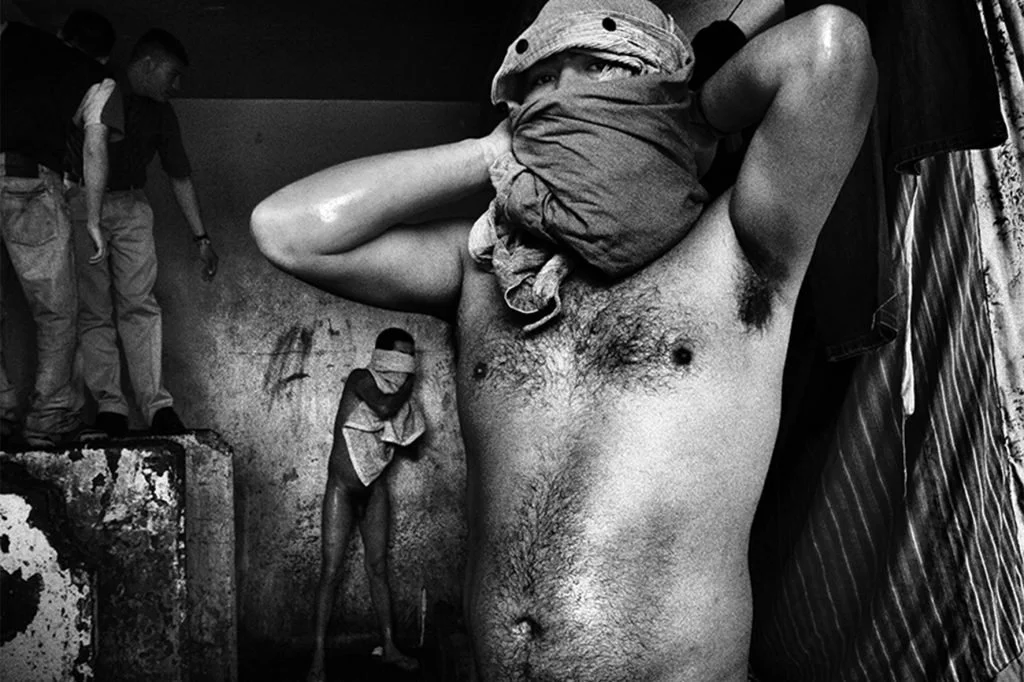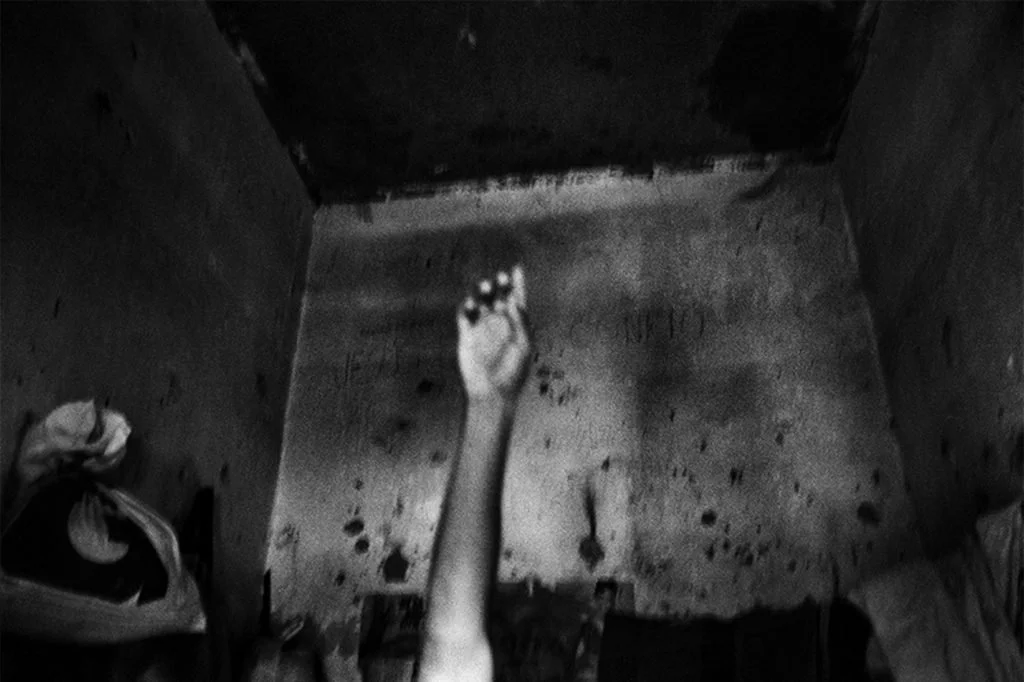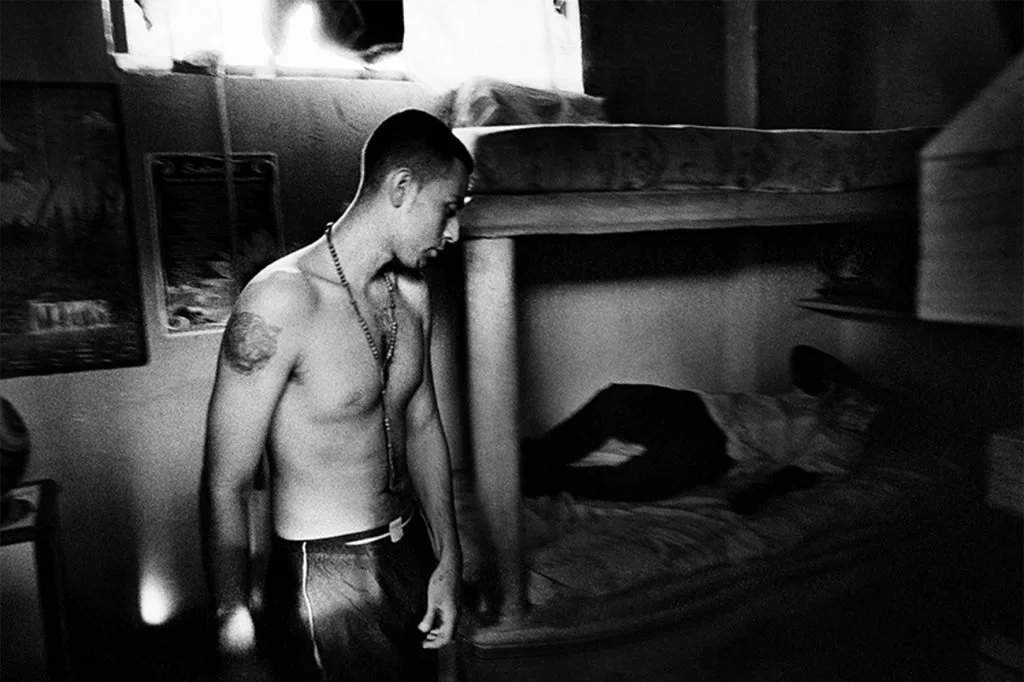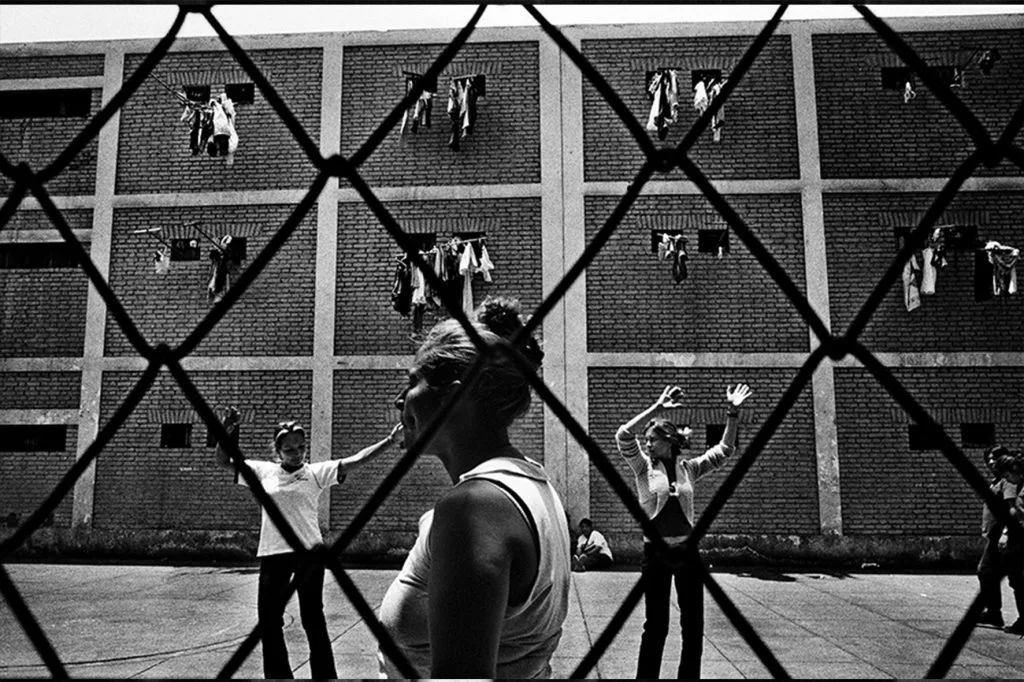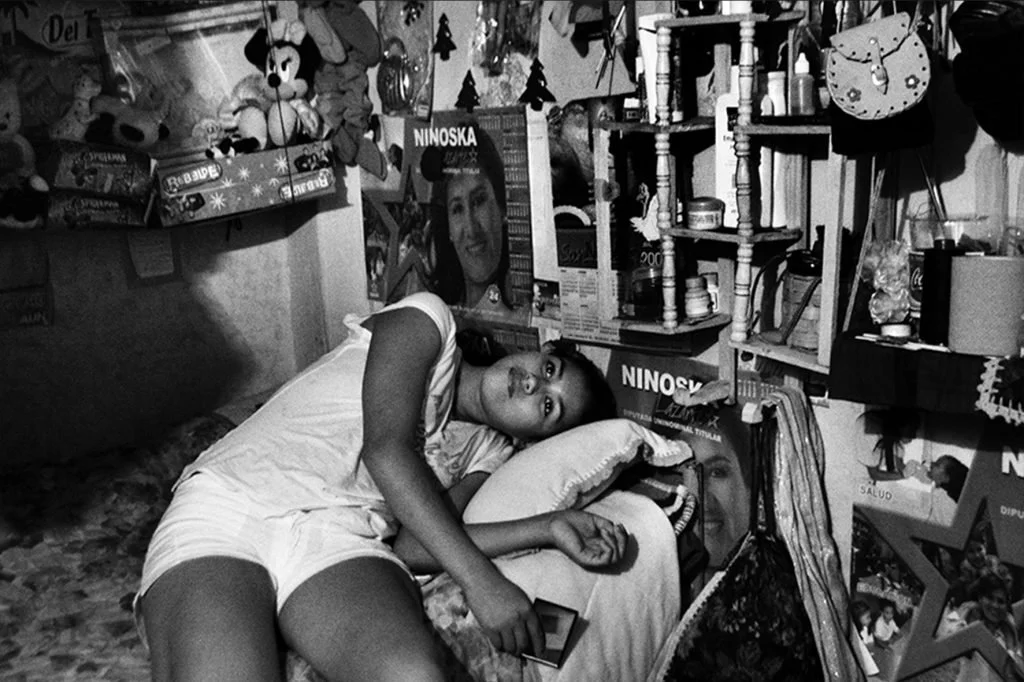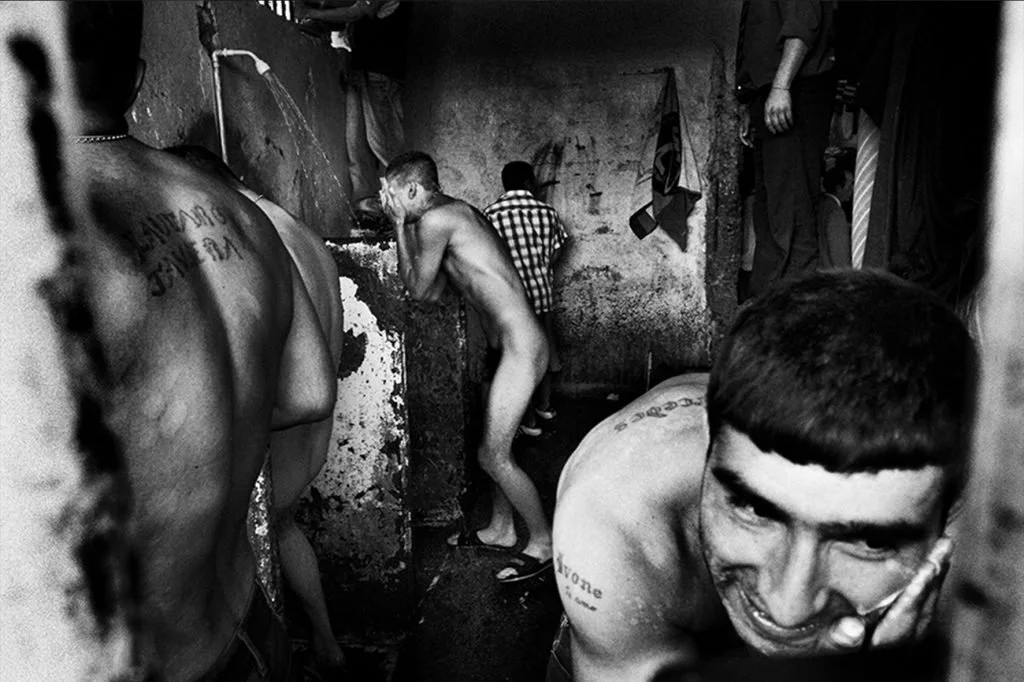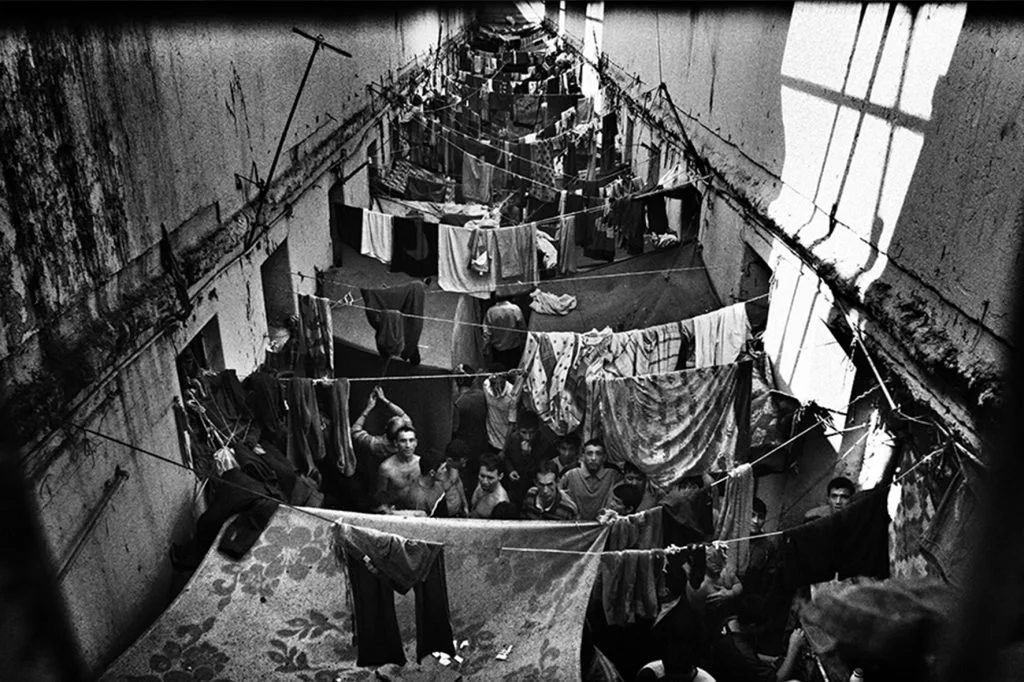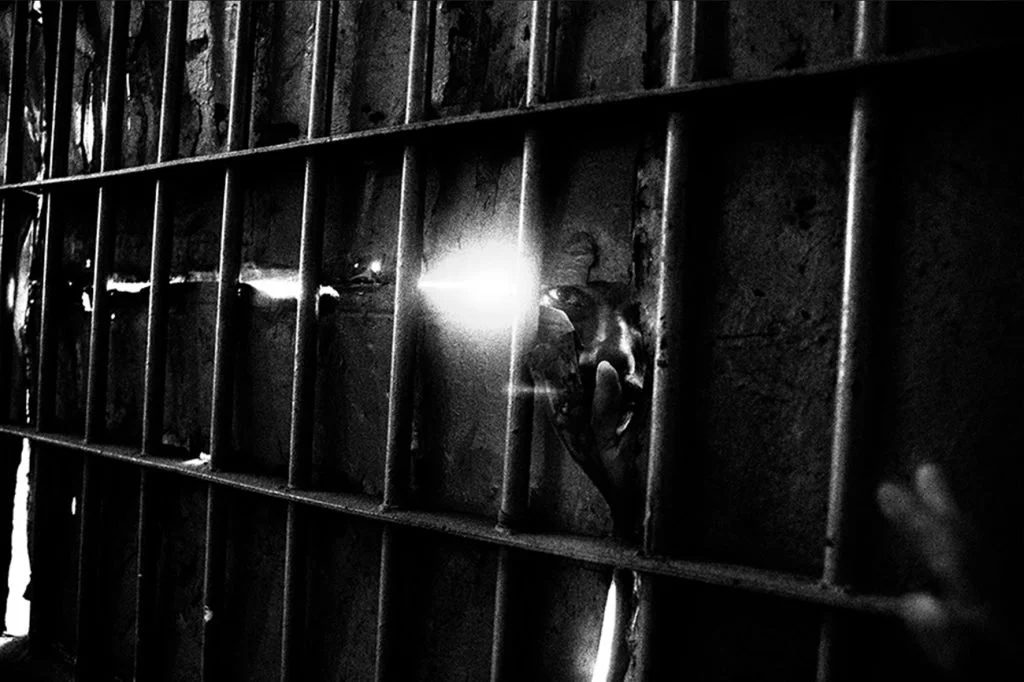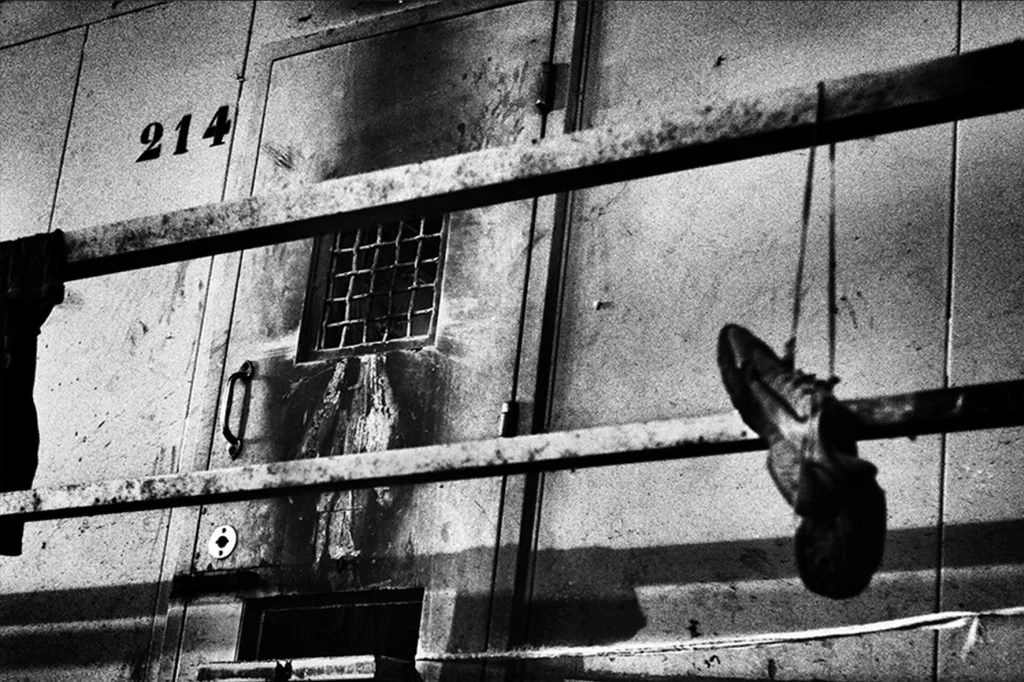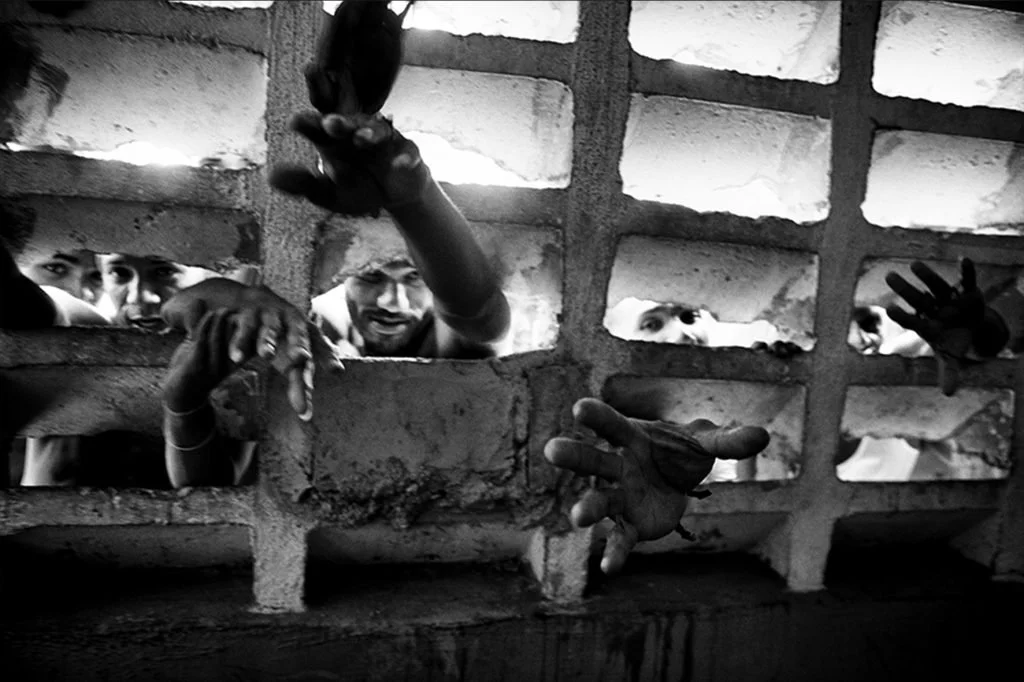ENCERRADOS
Inside South America’s Jails
I spent 10 years traveling in South American prisons. It was a diverse and complex world where violence and abuse were part of prisoners' lives. During that time I saw how inmates were trying to find a space similar to what they had outside of prisons. They try to preserve their dignity. Prisons are a reflection of society, the mirror of a country both for small problems and for big economic and social crises. The need to recreate their space is the only way to defend themselves. With difficulty they try to maintain their habits in a condition of human limitation and overcrowding. Violence and power management inside prisons are direct consequences of these conditions. Thus, for example, in Brazil, although I obtained permission to take pictures inside prisons, the prison warden had to seek approval from a “control” group that ran the prison. Some prisoners used to show their knives in defiance, and those who were not armed became kind of slaves.
In Santiago, Chile, prisoners, angered by these poor living conditions, are wont to argue during autonomy hour. The rules of prison are the same as we can find in life: whoever has the most money and power controls and has authority. Prison life is not all about power plays and fights. In daily life there is time to play soccer, to talk, to joke around, and for women there are times to dress up and put on makeup. The story of this work is not to denounce the situation in prisons, but to discover and tell what unites and what separates South American countries.
I visited about 74 male and female prisons in Ecuador, Peru, Bolivia, Argentina, Chile, Uruguay, Brazil, Colombia and Venezuela. I came into contact with inmates and guards, with fear and anger, with hope and distrust. Some inmates considered me a distraction, others looked at me with envy, still others with contempt because they thought I was only there to take pictures to sell of their confined lives.




